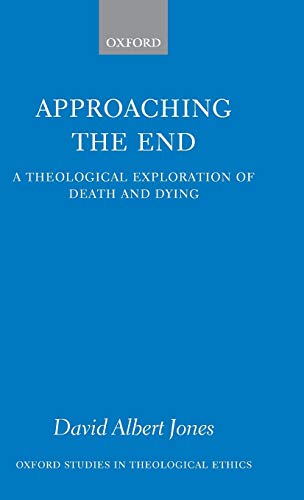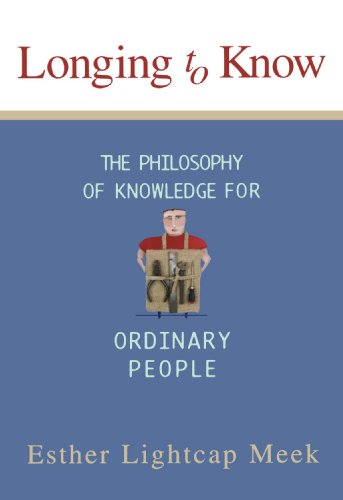New Testament Theology: A New Study of the Thematic Structure of the New Testament
Written by J. Julius Scott Jr. Reviewed By Andrew David NaselliScott, now professor emeritus of biblical and historical studies at Wheaton College and Graduate School, taught an undergraduate “New Testament Survey” course from 1970 to 2000. This book originated from that class to fill a gap: “I looked in vain for a survey of New Testament teaching somewhere between the elementary level and that of a specialized, technical New Testament theology” (p. 7). Scott wrote the first draft of this book in 1993–94 and continued to tweak it after his retirement in 2000 (p. 7).
New Testament Theology (henceforth NTT) is a basic introduction to the NT with a biblical theological method. NTT is intentionally simple: “Keeping in mind the audience I envision, I have chosen to focus primarily upon the surface meaning of the text” (p. 23; cf. p. 25).
NT theologies generally approach the topic in one of two ways:
- An analytic approach traces themes in units of the NT, grouping corpora such as the Synoptic Gospels, John’s writings, Paul’s letters, etc. (e.g., George Ladd, Leon Morris).
- A synthetic or thematic approach traces themes throughout the entire NT, organizing the book by those themes and then tracing those themes throughout units of the NT (e.g., Donald Guthrie, Thomas Schreiner).
Frank Thielman’s recent “canonical and synthetic approach” combines both approaches, tracing the distinctive themes in each book of the NT one at a time (hence, “canonical” or analytic) but also including summaries that demonstrate a unity amid the diversity (hence, “synthetic” or thematic).
Although the book’s back cover suggests that Scott’s NTT is a via media between an analytic and thematic approach, it is another thematic approach that attempts to answer what Scott sees as the seven major questions with which the NT is preoccupied: (1) Who is Jesus? (2) What must I do to be saved? (3) How should the Christian live? (4) What is the church? (5) What is the church’s relation to society? (6) How shall it end? (7) What does the NT teach us about God? The answers to these questions “comprise the basic message of the New Testament, the central New Testament themes, and the foundational elements of New Testament teaching” (p. 21).
Scott answers these seven questions by usefully organizing the biblical data. For example, he answers the question “What must I do to be saved?” under the following headings: (1) the need for salvation; (2) the ministry of Jesus: the provision of salvation; (3) the proclamation of the early church: the exposition of salvation; (4) the vocabulary of salvation: some terms used by NT writers to describe various aspects of the effects of the work of Christ; (5) the work of the Holy Spirit: the application of salvation (pp. 95–130). It is evident that Scott has spent decades studying and communicating the NT’s message.
NTT has some drawbacks:
- NTT displays an unusual number of typographical errors, especially in the bibliography.
- The layout feels crammed, and the headings are not always intuitive or logically parallel (e.g., 27–32). Some headings lack parallel headings altogether.
- NTT avoids taking positions on several controversial issues, instead laying out the options and presenting a least-common-denominator theology. (A notable exception is his preference for what he calls “chiliasm” as “a working hypothesis” [p. 327].) For example, Scott’s views are unclear regarding the continuance of sign gifts (pp. 206–8), complementarianism vs. egalitarianism (pp. 223–25), church government (pp. 225–26), and baptism and the Lord’s supper (pp. 248–55). Some might view this as an advantage, but I would prefer a robust, respectful defense (albeit brief) of a position with which I disagree than a general non-committal spread of options.
- NTT feels like a patchwork of course lectures combined into a single volume. The tone ranges from conversational to formal, and the method varies in the level of detail from chapter to chapter. Some sections are relatively specific (e.g., the introduction briefly surveys Greek verbal aspect theory! [p. 24]) while others are disappointingly vague (e.g., his definition of the church [p. 199]).
- Its research is dated. It interacts only sparsely with secondary literature, and its conversation partners include venerable but less recent authors such Oscar Cullmann, George Ladd, and Donald Guthrie. One particularly glaring omission is any discussion on the new perspective(s) on Paul. Nevertheless, Scott’s thematic approach is creative, and his tone is that of a warm-hearted, seasoned scholar, not a cold or stuffy one. He patiently explains ideas with minimal jargon, and he consistently upholds conservative, orthodox doctrines.
Andrew David Naselli
Andy Naselli is assistant professor of New Testament and Biblical Theology at Bethlehem College and Seminary in Minneapolis and administrator of Themelios.
Other Articles in this Issue
Though his primary concern was how to persuade people from diverse backgrounds to embrace the gospel of Jesus Christ (1 Cor 9:12, 23), Paul, nonetheless, embodies a principle common to all who would provide leadership to a community comprised of a multiplicitous collection of rigid truth claims and behaviors...
The Ethnic Enemy—No Greek or Jew . . . Barbarian, Scythian: The Gospel and Ethnic Difference
by Keith FerdinandoWhatever 'globalisation' may be, it has been accompanied by insistent and sometimes violent affirmations of ethnic identity...
Despite a small flurry of attention over the past decade, Adolf Schlatter (1852–1938), Tübingen professor of New Testament and author of more than 440 written works, remains one of the most neglected yet illuminating theological voices of the past one hundred years...
Commentators have customarily interpreted Phil 2:12 as a reference to "working out" one's personal salvation...
Salvation History, Chronology, and Crisis:1 A Problem with Inclusivist Theology of Religions, Part 1
by Adam SparksA fundamental requirement in an inclusivist understanding of the relationship between Christianity and other religions is evidence of God's salvific activity outside of any knowledge of Christ...







